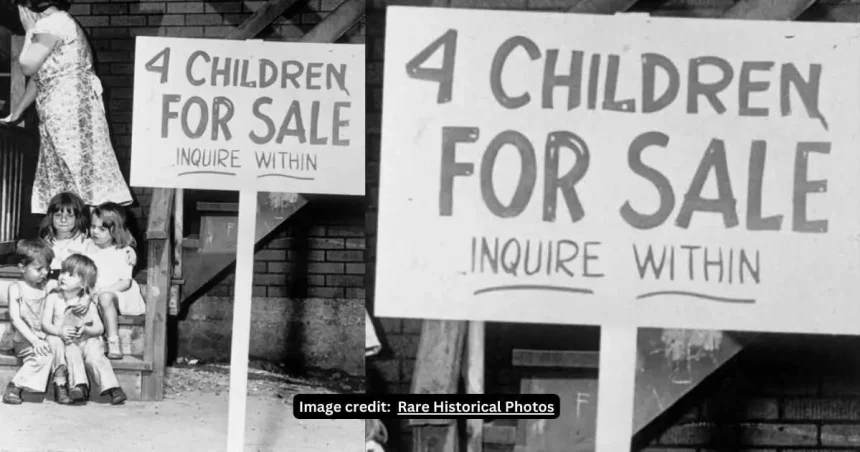Aftermath and Impact on the Children
The sale of the Chalifoux children marked the beginning of a series of tragic outcomes that unfolded over the years following their departure from their biological family. The experiences of RaeAnn and her siblings, thrust into new lives under the guise of adoption, were marked by hardship and suffering, far from the hopeful futures their parents might have envisioned.
Tragic Outcomes: Forced Labor and Abuse
RaeAnn and Milton, sold to a farming couple for a mere $2, entered a world of relentless labor and abuse. The children, rechristened Beverly and Kenneth, found themselves not in a nurturing home but in an environment where they were treated as little more than property. They were regularly subjected to forced labor on the farm, with reports of them being chained up in the barn, highlighting the grim reality of their existence post-sale. This treatment starkly contrasts with any notion of adoption as a means to provide a better life, instead revealing a dark facet of exploitation.
The impact of these experiences on the children was profound. The psychological and physical scars from their treatment would shape their lives long after they left the farm. The narrative of forced labor and abuse underscores the vulnerability of children in such transactions and the dire consequences of their commodification.
Public Reaction and Media Buzz
The photograph of the Chalifoux children for sale and the subsequent revelations about their fate generated significant media attention and public outcry. The image, a visual representation of extreme poverty and desperation, sparked widespread discussion and debate about child welfare, poverty, and societal responsibility.
In the days and weeks that followed the photograph’s publication, offers of assistance for the Chalifoux family poured in from various quarters. These ranged from job offers for Ray Chalifoux to proposals to take in the children, reflecting a collective desire to help ameliorate the family’s dire situation. However, this wave of public sympathy and support came too late for the Chalifoux children, who had already been sold into situations that profoundly affected their lives.
Reflections on Societal Responsibility
The public reaction to the Chalifoux children’s plight and the media buzz surrounding it highlight a critical moment of collective reflection on societal values and responsibilities. The outpouring of support, while unable to reverse the fates of the Chalifoux children, underscored the role of society in safeguarding the welfare of its most vulnerable members. It raised important questions about how communities and governments can better support families in crisis and prevent such extreme measures from being seen as viable solutions.
The Chalifoux children’s story poignantly reminds us of the potential consequences of societal neglect and the importance of proactive measures to support families in economic distress. Their experiences invite ongoing discussion about the mechanisms necessary to ensure the protection and well-being of all children, emphasizing the need for comprehensive child welfare policies that address the root causes of poverty and desperation.






